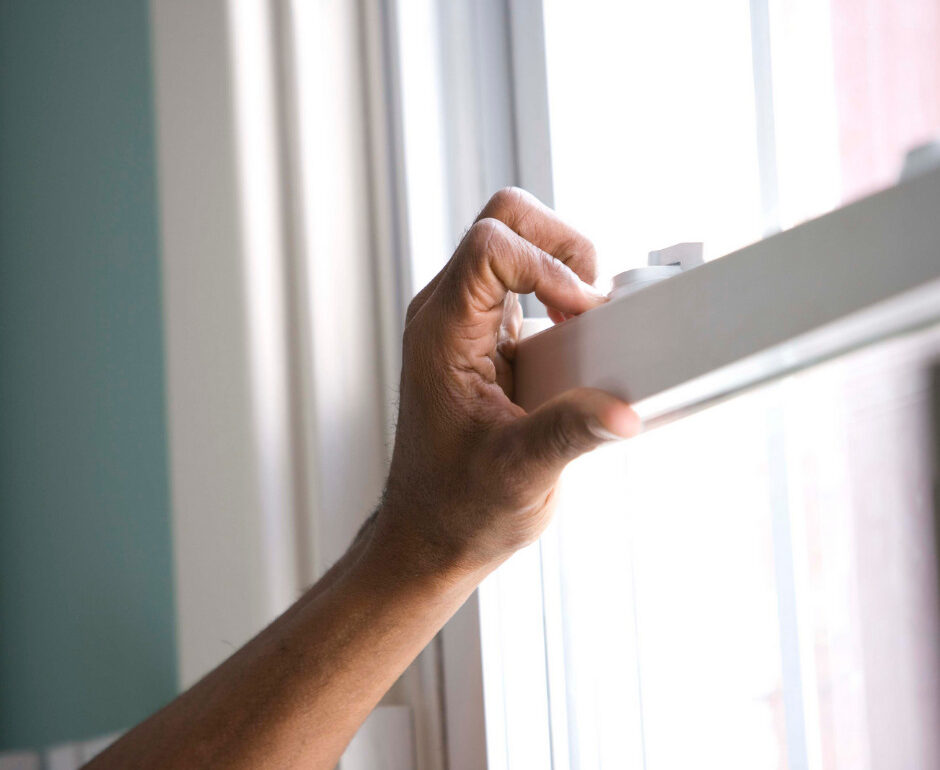A significant article was published in the journal Science on 14 May by 40 top scientists calling on the World Health Organisation to reinforce requirements for ventilation systems of buildings, in order to prevent the spread of corona, influenza and other airborne pathogens in public indoor spaces.
The group of experts includes Professor and Academician of Tallinn University of Technology Jarek Kurnitski, who said that improving ventilation can be regarded more broadly as a paradigm shift equal in scale to the transformation in the standards of drinking water supplies and food hygiene. “There has long been no doubt that you can get infection when you drink water or eat food that has been contaminated. Now we must work towards providing clean air so we can breathe safely,” Kurnitski said.

He added, “Researchers see updating of ventilation standards, ventilation requirements based on the probability of infection and more efficient and flexible ventilation systems as a solution. High air change rates are required only in the event of an epidemic, at any other time it is important to ensure good energy efficiency of ventilation, because energy and climate goals cannot be compromised.”
In their address to the WHO (the World Health Organisation) and the general public worldwide, the researchers recommend including pathogen control requirements in air quality standards to combat the spread of airborne pathogens. Ventilation systems should also be demand-controlled to adjust for different room occupancies, and differing activities and breathing rates, such as exercising in a gym versus sitting in a movie theatre.
That risk of people becoming cross-infected inside a building can be reduced through ventilation coupled with air disinfection and air filtration systems. This means more efficient and flexible ventilation systems than today. In addition, the researchers recommend use of monitors displaying the parameters characterizing indoor air quality, which would provide information also to the general public.
According to the researchers, previous response efforts to combat airborne viruses have been too weak because airborne infections are harder to trace and current ventilation standards only control for perceived air quality, i.e. odour, CO2 levels, temperature and humidity in the room. The only exception is specialised health care and research facilities.
Today, the global monthly harm from COVID-19 had been estimated as $1 trillion. The new standards would likely result in less than a 1% increase in the designing and construction cost of new buildings. The benefits are better health and savings in the healthcare system. Improved indoor air quality increases labour productivity and reduces the ‘sick building syndrome’ and allergic reactions.
Additional information:
Professor and Academician Jarek Kurnitski
Department of Civil Engineering and Architecture of Tallinn University of Technology
jarek.kurnitski@taltech.ee
 Back
Back



